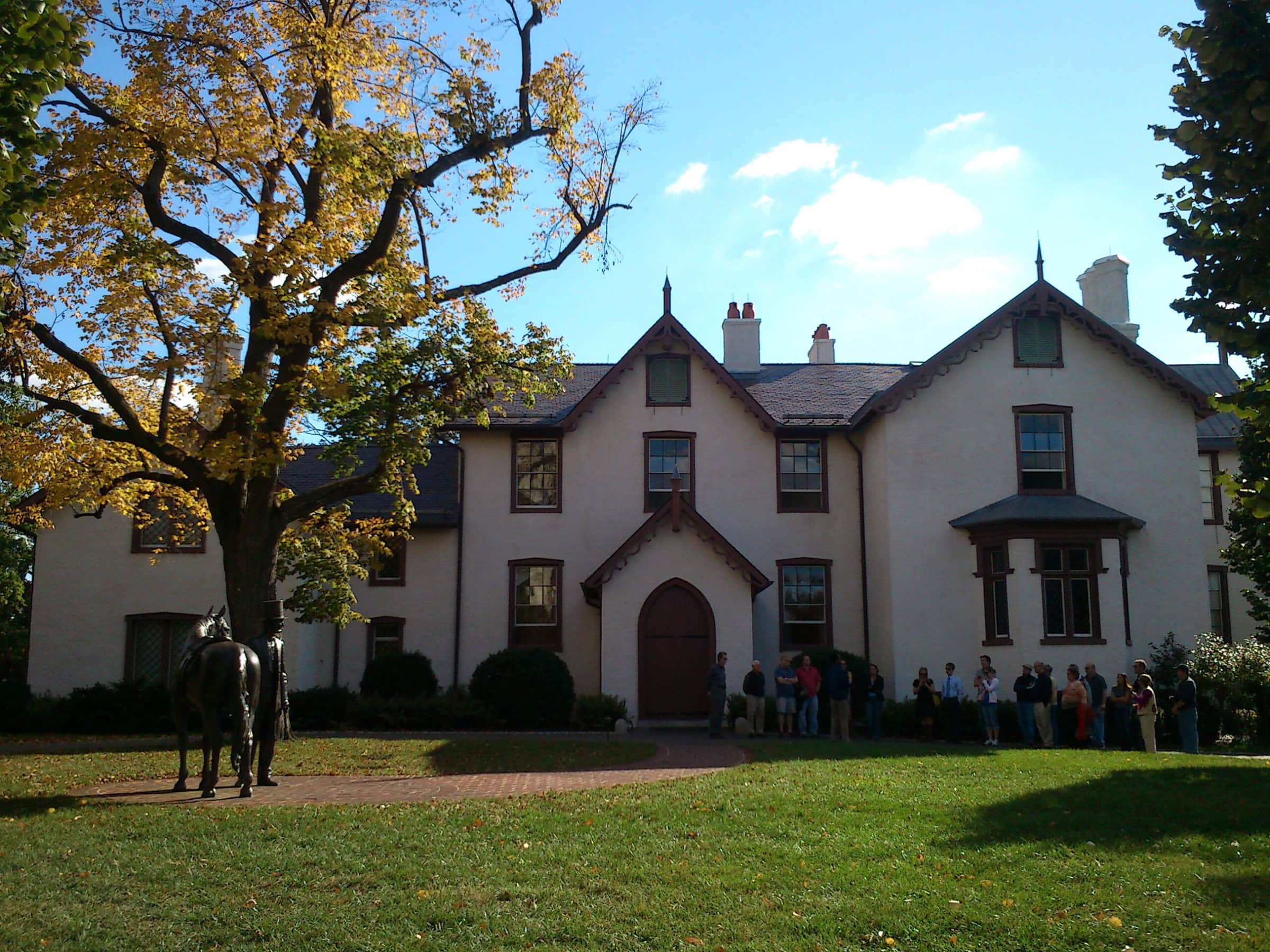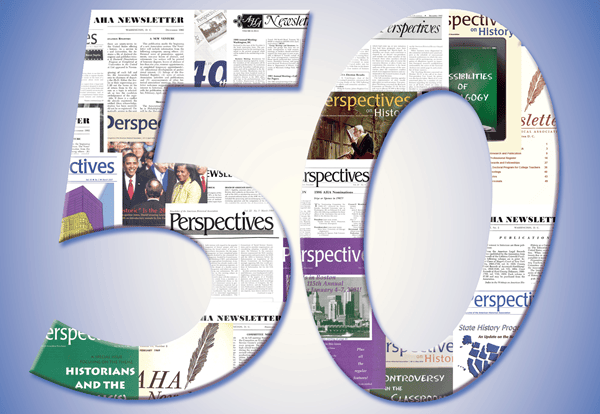Without a doubt, the last few years have been fiscally challenging for the states. Record budget deficits caused by recession, slow job growth, rising costs in health care, unemployment, changes in the laws relating to the taxing of corporations and capital gains, a crushing federal deficit, the cumulative effects of uncertainty caused by the terrorist attacks of September 11, and a reluctance of politicians to even raise the idea with voters to ante-up tax revenue to cover the costs associated with good government have all conspired to create a crisis in state funding. Particularly hard hit are educational and cultural institutions such as state archives and museums, libraries and arts organizations, historical societies, and park departments. For many cultural institutions, weathering the storm of budget shortfalls has meant everything from mere belt-tightening by cutting hours, programs, and staff, to, in some instances, elimination of entire operations.
The good news is that recent economic projections suggest that, in most states at least, tax revenues are starting to rise slightly for the first time since mid-2001. But the rise is ever so slight: one-half of 1 percent compared to an average for the previous 25 years in which state spending increased an average 6.5 percent a year. While the projection is a hopeful sign, it provides little consolation to those institutions facing yet another round of budget cuts in fiscal 2004–05.
When the federal government faces a budget crisis there is an assortment of tools available to draw from to help stimulate the economy. The feds can cut taxes, lower interest rates, devalue the dollar on international markets to stimulate exports, and even borrow to cover the massive deficit, because the government has the power of the purse. States, however, have only a few of these options.
States cope with a cash crisis in one of three ways: they raise taxes; they institute knee-jerk across-the-board cuts and justify their actions by claiming that they are spreading the impact on state agencies equitably; or they make selective cuts of what are termed “non-essential” government programs and services.
Few states have opted for the first option—increase taxes. In Alabama, governor Bob Riley, a fiscally conservative Republican, boldly proposed a property tax increase only to find even his modest proposal shot down by irate voters. In other states though, legislators are finding that a small sales or special regionalized use tax (often targeted on visitors) is more palatable to voters and easier on their pocketbooks.
In Allegheny County near Pittsburgh, for example, a 1 percent sales tax benefits a Regional Asset District and generates $75 million a year for sports centers, libraries, parks, museums, and other community assets. In Colorado, sales tax revenue generated in a seven-county region generates more than $30 million year—money that is shared by more than 300 institutions.
The second option of implementing across-the-board cuts has proved a favorite: 23 states have opted for this to help address their fiscal woes. In California, for example, a 15 percent cut was implemented that translates into a $535 million savings for the state treasury—a cut that affects not just cultural institutions but welfare and health-related services as well. In Florida, implementation of the last option—to cut “non-essential services”—has meant literally selling the state library to a private educational institution and cutting the Florida Arts Council by 75 percent.
So what are the methods and techniques that are proving most successful in minimizing the impact of the state budget crises on state humanities and arts organizations? In those instances where a governor or state legislature has proposed solving a funding crisis by making across-the-board cuts or selective cuts, the answer is clear: humanities and arts organizations have fared best where advocates mobilized at the grass-roots level and aggressively made their case for continued funding to state governing officials. And those states that did best accomplished their goal by bringing together a large coalition of diverse cultural and arts interests. By uniting humanities and arts-related groups and having them speak with one voice and advance a common agenda, cultural and heritage-related organizations have weathered the storm best. And those states that effectively made the case for their existence on an economic basis—for example, by stressing the importance of heritage tourism on the state’s economy—also have fared better.
For example, in New Jersey, the Public Policy Center of New Jersey and the Coalition for the Arts, Tourism, Culture, and History brought together diverse interests and proposed “a new vision” that would catapult New Jersey to the forefront of a national model for funding tourism, history, and the arts, while at the same time providing municipal aid and securing budget savings. After developing a strategic approach in which arts and humanities and tourism interests agreed to work together to make more effective use of the statewide hotel/motel tax (3 percent on hotels/lodging and 2 percent on restaurants, entertainment, and amusements) advocates were able to reduce the threat posed by the budget crisis by convincing the governor and state legislators of the need to “invest, not cut.” The result was the creation of a dedicated trust fund. Amending the state constitution and making a new provision in law thus provided for a stable source of funding for tourism, the arts, and history.
Another approach to weathering the state funding crises has been taken up by institutions that do not rely solely on the state for funding. By increasing the share of base operations covered by nongovernmental sources, these organizations have diversified their funding base. Through creative marketing, and attempting to enhance private sector philanthropic funding streams, some institutions have not only met the crisis head-on but also have actually increased total revenue.
Some museums, for example, launched membership drives, while others have expanded their marketing and member recruitment efforts to the Internet. Some others have diversified their “book-store” operations (with a traditional focus on educational materials) to function more as a “gift-store” operation where nonbook sales items appeal to the interests of a more diverse museum visitor population. The revenue generated through such stores is rarely sufficient to cover costs associated with a museum’s base operations (as the Smithsonian Institution recently discovered); nevertheless, gift-store revenue can and does help supplement an organization’s income flow.
Other organizations have opted to appeal to philanthropists, corporations, and foundation support to shore up their budgetary shortfalls. Their efforts have met with limited success. Recently, charitable giving for the 60 most generous philanthropists dropped by two-thirds and corporate giving fell by 14.5 percent. Foundation support for charities also dropped 26.5 percent (some being unable to cover even existing grant commitments). The decline in revenue available for grant-making is largely due to the declining value of institutionally held stock portfolios. However, nonprofit entities that have begun to build an expanded base of diverse local philanthropic, corporate, and business entities have been able to launch programs that in the long run probably will not only help make ends meet in times of crisis but will also at the same time provide a cash infusion in good times that can be earmarked for expanded programs and activities.
One development of the fiscal crisis affecting governments all levels is the disturbing rise in competition by the federal governmental agencies with private sector organizations for the limited corporate and foundation dollars. The National Park Service (NPS) and the Smithsonian Institution have been especially aggressive in usurping corporate funds that could be going to the support of private nonprofit organizations and causes.
The NPS and Smithsonian have learned what nonprofit entities have long known—that corporations are not inherently “philanthropic.” Corporate donations are frequently the result of “cause-related” marketing schemes—where corporate public relations and advertising dollars are “invested” to advance a corporation’s public image and concomitantly earn them a federal (and in some jurisdictions, state) charitable donation tax write-off. Congress could put a stop to these practices by properly funding (as they should) these federal institutions and by mandating agency offsets for monies raised by federal entities from corporate and private sector donors. If implemented, charitable giving by corporations to federal agencies would virtually cease overnight. But in light of massive federal deficits and without a mind-set that recognizes the federal government’s obligations to fully fund base operations of cultural institutions, legislation seeking to offset agency funds is unlikely to evoke sympathy or support among members of Congress.
The crisis in funding continues to prove challenging for state-funded entities. Solutions do not come easy and there are no simple answers to the ongoing crisis. But in one way, the fiscal challenges have served a positive role—they have forced managers to look to new ways to enhance popular support for their programs and agencies. While cuts may fundamentally change the way agencies operate, they may also force managers to look for more innovative, and perhaps in the long run, better ways to fund arts, humanities, and heritage organizations. But this optimistic long view should not obscure the clear and present danger. Nor should it let us forget that support for history at the local and state level during these critical times is vital for the well-being, not just of public historical activities, but of the entire profession, both in terms of preserving the archival record and of maintaining public interest in, support for, and knowledge of, history.



